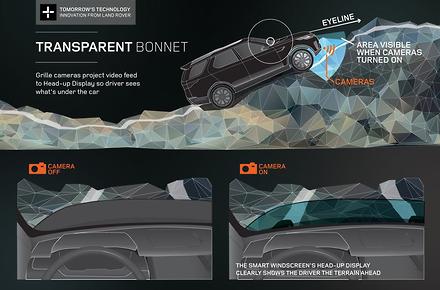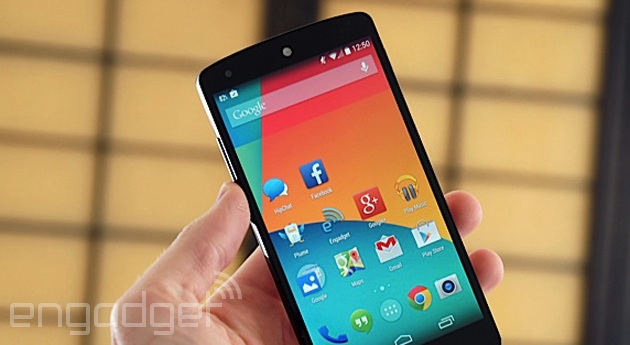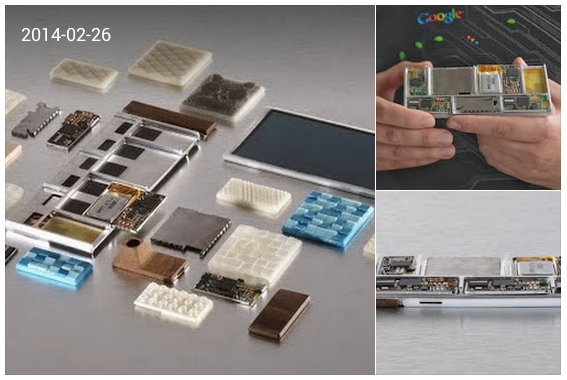- 1908: Ford's Model T
- 1928: Alexander Fleming discovers penicillin
- 1954: Nuclear Power
- 1961: Yuri Gagarin enters space
- 1969: Concorde makes its maiden flight
- 1979: Sony's Walkman goes on sale
- 1989: Sir Tim Berners-Lee invents the World Wide Web (they claim.)
- 1996: Birth of world's first successfully cloned mammal, Dolly the sheep
- 2001: The iPod is launched
- 2013: Bionic Limbs


In a society increasingly dependent and entertained by mobile data, people routinely used devices that could retrieve far more visual data than the screens on those devices could deliver.
To get large screen data delivery, people needed screens that plugged into the wall. They could get some data from the small screens on their phones. This tiny laser projector suddenly made quality data-delivery possible anywhere.
Its affordability, portability and low power usage will enable many millions of people to access entertainment and video information they couldn't afford before.
PicoP will create profound changes in the way people drive, use their computers, view video entertainment and play electronic games. It will also have many industrial and medical applications. Its extreme portability and ability to deliver data anywhere on nearly any surface makes it an incredible tool with more uses to be discovered.





























